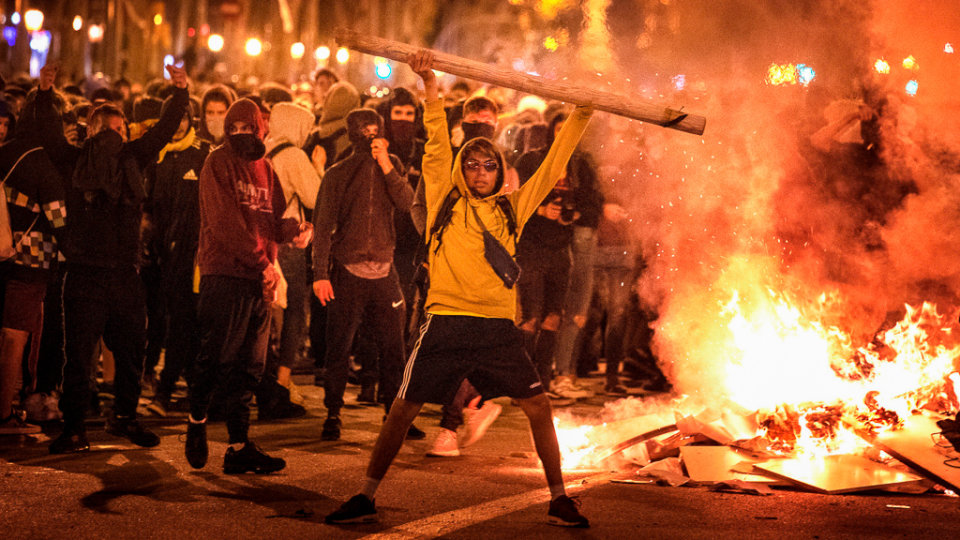Spain-Catalonia Crisis: Explained
Catalonia, a region in northeast Spain, has been under immense pressure as it strives for independence from Spain. Just recently, the Supreme Court in Spain sentenced nine Catalan politicians and activists to jail for 9-13 years due to an independence bid that took place 2 years prior, in October of 2017.
The referendum, which was declared illegal by Spain’s constitutional court, influenced Spain’s decision to invoke article 155, an article within its constitution, allowing it to suspend Catalonia’s political autonomy. The failed secession in 2017 led the region to have suspended political autonomy for 7 months. The Spanish government then removed Catalan leaders, dissolved parliament, and called for a snap regional election on Dec. 21st, 2017, which the nationalist parties won.
The Catalan movement for independence can be traced back to 1714 when Philip V of Spain took over Barcelona. Since 1714, Catalonia has always worked towards receiving some form of independence from Spain. In 1932, Catalonia was declared as the Catalan Republic, and the Spanish government had agreed on a state of sovereignty. However, when Gen. Francisco Franco came into power in 1939, he rolled back this gain and repressed all efforts towards independence. After his death, Catalonia began to strive again for self-rule.
Catalan unrest today is associated with the perceived unfair tax system created by the government in Madrid. Catalan nationalists argue the region of Catalonia spends too much money on poorer parts of Spain, and they contribute more in taxes to the Spanish government than they receive back. In 2014, according to BBC News, Catalonia paid about 11.8 billion dollars more to Spain’s tax authorities in comparison to what Catalonia had received.
Given the extensive background Catalonia has in striving for independence, protests and the struggle for independence has resurfaced after the conviction of the Catalan political leaders. Tens of thousands of protesters were pitted against police in Barcelona. The protests have consisted of flaming barricades, torched cars, and the throwing of gasoline bombs, stones, bottles, and firecrackers at police. In spite of this, Spanish Prime Minister Pedro Sanchez says the violent clashes won’t provoke him into taking drastic measures in Catalonia.




